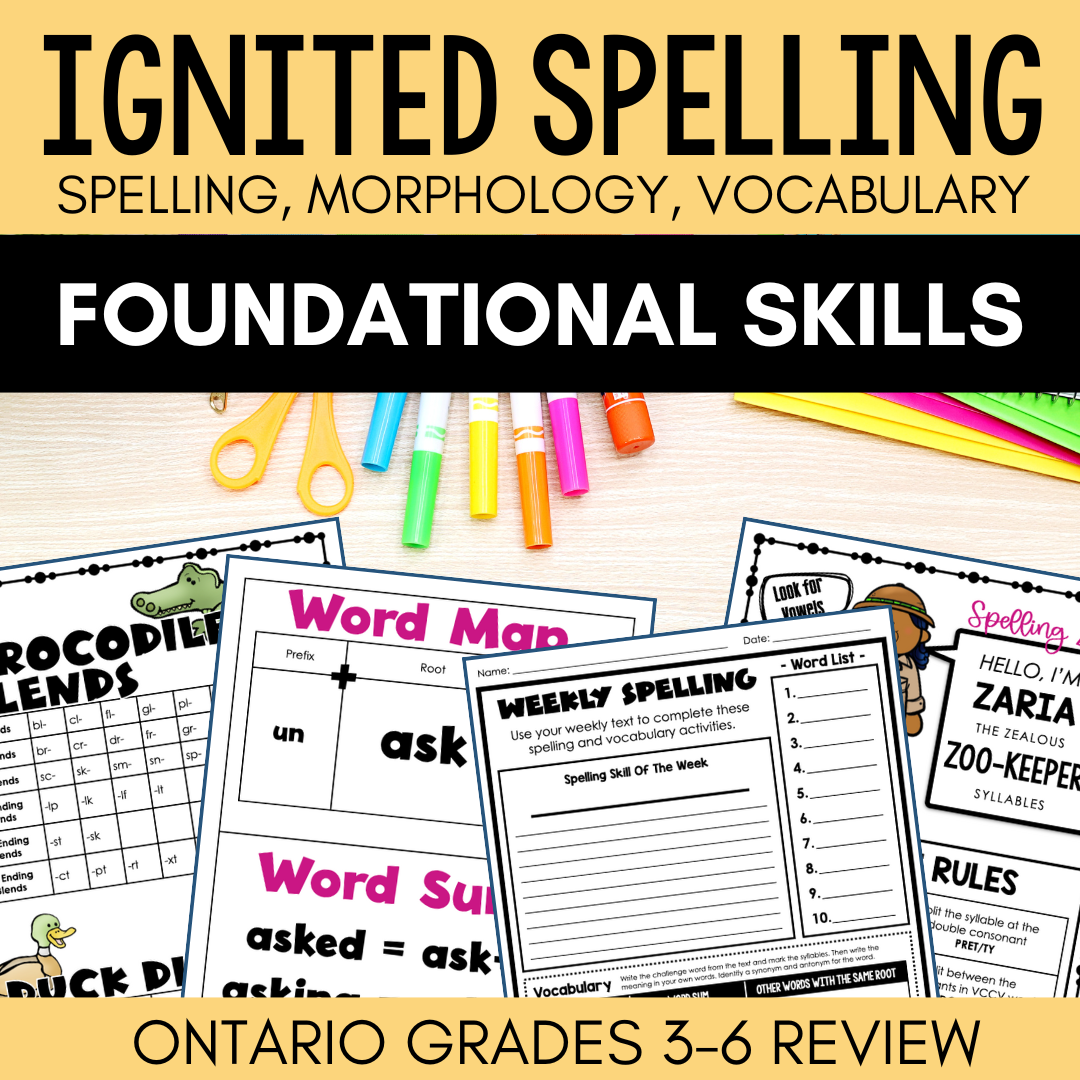If you’re a teacher in the junior grades (grades 3 to 6), you may have wondered about the best way to implement literacy centers in your classroom. In this blog post, we’ll explore some effective strategies for mastering literacy centers that don’t require excessive structure or preparation. We’ll also emphasize the importance of student choice and engagement in these activities.

Dispelling the Myths
First, let’s dispel some common myths about literacy centers. You don’t need to create a rigid rotation schedule where groups of students move together from one location to another. Your students can work independently or collaboratively anywhere in the classroom. Centers don’t have to be overly elaborate or prep-intensive; simplicity can be just as effective.
Engaging Students Through Choice
The key to successful literacy centers is to make them engaging and meaningful for your students. Activities inside the centers should be self-selected by students to keep them motivated. It’s essential to give students the autonomy to decide what they want to work on when they want to work on it, and how they want to approach it, with guidance from you, of course.
Responding to Reading
One of the core literacy center activities is responding to reading. You can use texts from guided reading or other sources. Students read the text and respond to it with questions that encourage comprehension, predictions, connections, inferences, and more. Offering a choice board with various questions can help students select tasks that match their comprehension strategies and interests.
Creative Writing
Creative writing is a daily practice that allows students to select their writing purpose and topics. They choose from options like narrative writing, persuasive texts, expository pieces, or descriptive forms. Even if students are not yet familiar with a particular form, trust the process. Students have previous experiences that can guide them, and you can support their growth in these writing forms.
Word Work
Incorporate spelling and grammar activities into your literacy centers. Students apply spelling rules and practice spelling through fun and engaging activities. These activities can be prepared once and reused throughout the year, reducing prep time.
Check out our new Ignited Spelling resource that you can easily fit into your literacy centers this year! You can also purchase this on my TPT store here.
Organizing Centers
Organizing your centers can be flexible and adapted to your students’ needs. You can use fixed groups with a set rotation schedule, fixed groups with an open rotation schedule, flexible groups with a set rotation schedule, or even allow advanced students to manage their own schedules independently.
Assessment
Assessing students’ progress in literacy centers can be manageable. Collect reading responses, assess writing pieces, and review spelling and grammar practice. Focus on the quality of their responses and their application of skills in their writing. Then, provide feedback and encourage students to take ownership of their learning.
Conclusion
Mastering literacy centers in junior grades doesn’t have to be daunting. Embrace flexibility, student choice, and engagement to create a dynamic learning environment. By allowing students to drive their learning experiences, you’ll not only promote meaningful learning but also empower your students to become more independent learners.
Watch it on YouTube!
Listen to the Podcast
Still need help?
Check out this other post that is also all about literacy centers in the junior grades!
